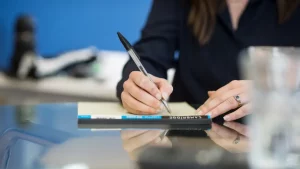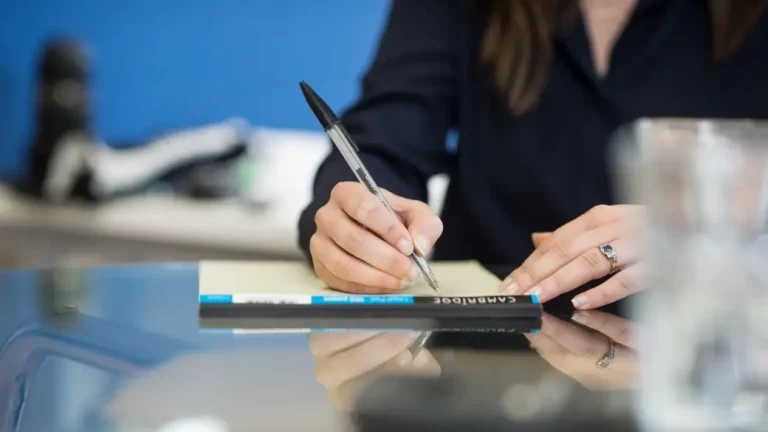Handwriting tips for dyslexic students
In this blog Ally, an experienced teacher and Dyslexia tutor, will share some top tips for supporting your neurodivergent super hero in improving their handwriting. Dyslexia can make word formation and other aspects of handwriting tricky. Here, we examine some top tips to support Dyslexic children with handwriting.
Handwriting requires much cognitive effort on the part of the young learner. Firstly, it demands recalling the shapes of letters and sounds and secondly, it requires an ability to physically recall and replicate that onto the page.
For those who have been given the gift of dyslexia the process of recalling and recreating these patterns can be challenging and as a result the automatic flow needed for fluent writing is hampered. As any superhero will know, gifts often come with a caveat- and for the neurodivergent learner, handwriting could be that kryptonite.
How to support neurodivergent learners with their handwriting:
In young children:
- Strengthen the muscles in the hand through practical activities. This could include playdough (look up ‘dough disco’ for playdough fun with an oomph!); threading; cutting; sewing activities and gross motor activities like climbing and crawling. For children under 7, it is very normal for their writing to be ‘messy’ or ‘inconsistent’. If you’ve ever seen an x-ray of a four-year-olds hand compared to a seven-year-olds, it will be no surprise that writing is a challenge for young bones that are not fully formed yet.
- Ensure your child is sitting comfortably when writing, ideally with feet on the floor and paper slightly slanted.
- Make sessions short and sharp to sustain attention (think your child’s age plus 2 for guidance on an appropriate session length).
- Try to encourage your child to use a tripod grip to hold their pencil as this tends to be the most flexible and comfortable grip for the wrist. Pencil grippers or pencils designed for handwriting that have indentations carved into them may provide more comfort and assist in forming a healthy grip.
- The British Dyslexia association also recommend that children learn cursive handwriting from the outset, so they don’t have to relearn how to form letters again when it comes to writing joined up.
- Keep practising! Build handwriting practise into your daily routine. My students always enjoy handwriting practise set to classical music.
For older children who are sitting exams:
- Older pupils may be allowed to use a computer for schoolwork, homework and even when sitting exams. This can be a great benefit for pupils whose handwriting is difficult to read or for those who struggle in ordering or editing their ideas. And let’s face it, when was the last time you had to handwrite anything in the adult world? Touch typing would therefore be a beneficial skill for these children to learn.
It can be frustrating for both parents and children when their child’s handwriting is deemed to be ‘difficult to read’. However, the aesthetics of writing isn’t the problem per se. What is important is the process by which learning to form letters and words physically takes place, as it is this that builds the connections that will lead to proficient written communication in later life.



Start the discussion!